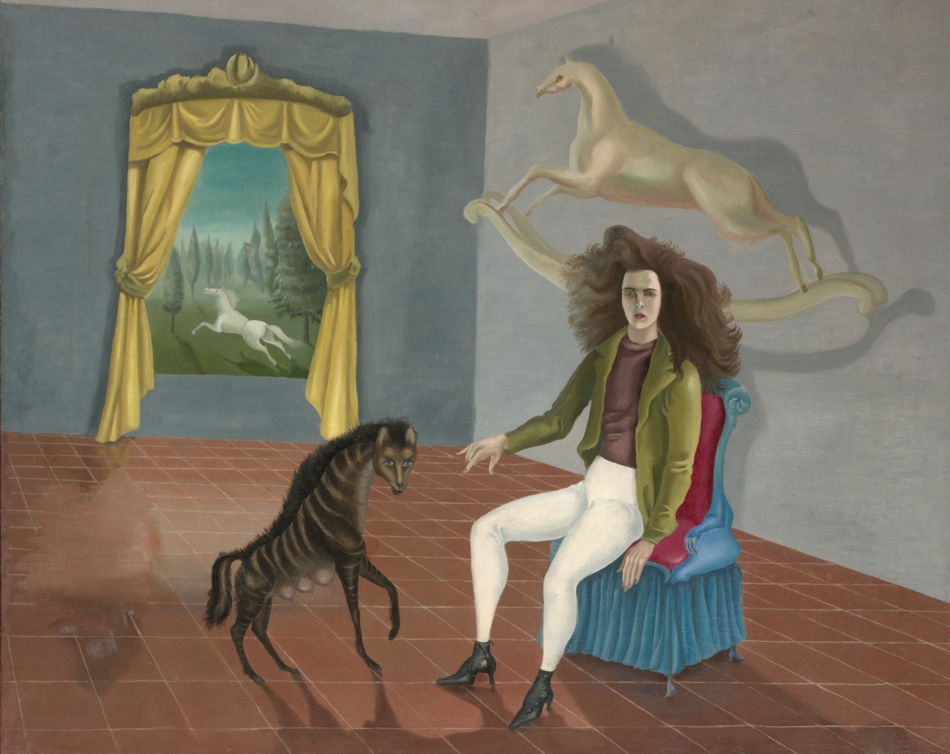
Tate Modern exhibition Surrealism Beyond Borders show: 5 incredible artists
Where can I see Surrealism in London?
An ambitious show at Tate Modern recently delved into how artists from all around the world, from Cairo to Seoul, have explored the revolutionary Surrealism movement. While the movement sparked in Paris in around 1924, it went beyond borders and inspired the freedom to imagine a different world. Here are five ground-breaking artists featured in this surrealist exhibition, who reflect the diversity of artists who were drawn by this medium.
1. Antonio Berni
Argentina’s Antonio Berni, born in 1905, became well known for his morbid landscapes and commitment to social issues, highlighting his country’s social injustice. After settling in Paris, he started to explore Marxism and surrealism, but then moved back to Argentina in the early 1930s, where he established himself as a Nuevo Realismo painter. Landru en el Hotel, Paris (1932) was among iconic works on display at the Tate Modern exhibition.
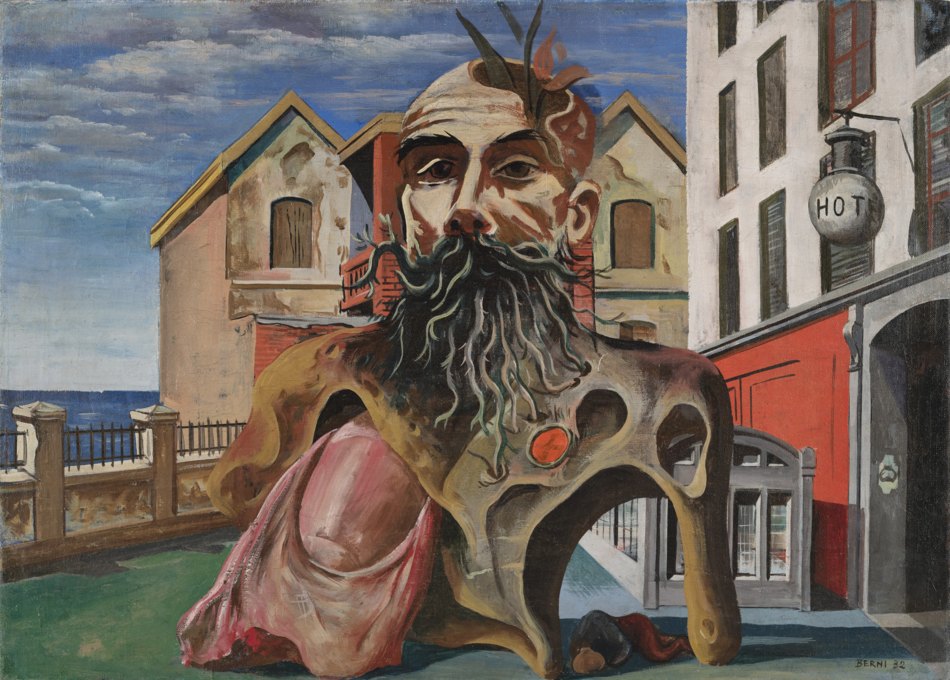
2. Kaveh Golestan
Acclaimed Iranian photojournalist and artist Kaveh Golestan was tragically killed in 2003 when he stepped on a landmine in Iraqi Kurdistan, where he was covering the war for BBC Television. Although he was best known for the images that got him a Pulitzer, of the revolution in 1979 that brought down Iran’s Shah Mohammed Reza Pahlavi, the artist also had an experimental vision which he explored through polaroids taken with long exposures and using collaged fragments. His fantastical, fairy-tale-like images, despite having received much less exposure than his documentary work, are truly hypnotising.
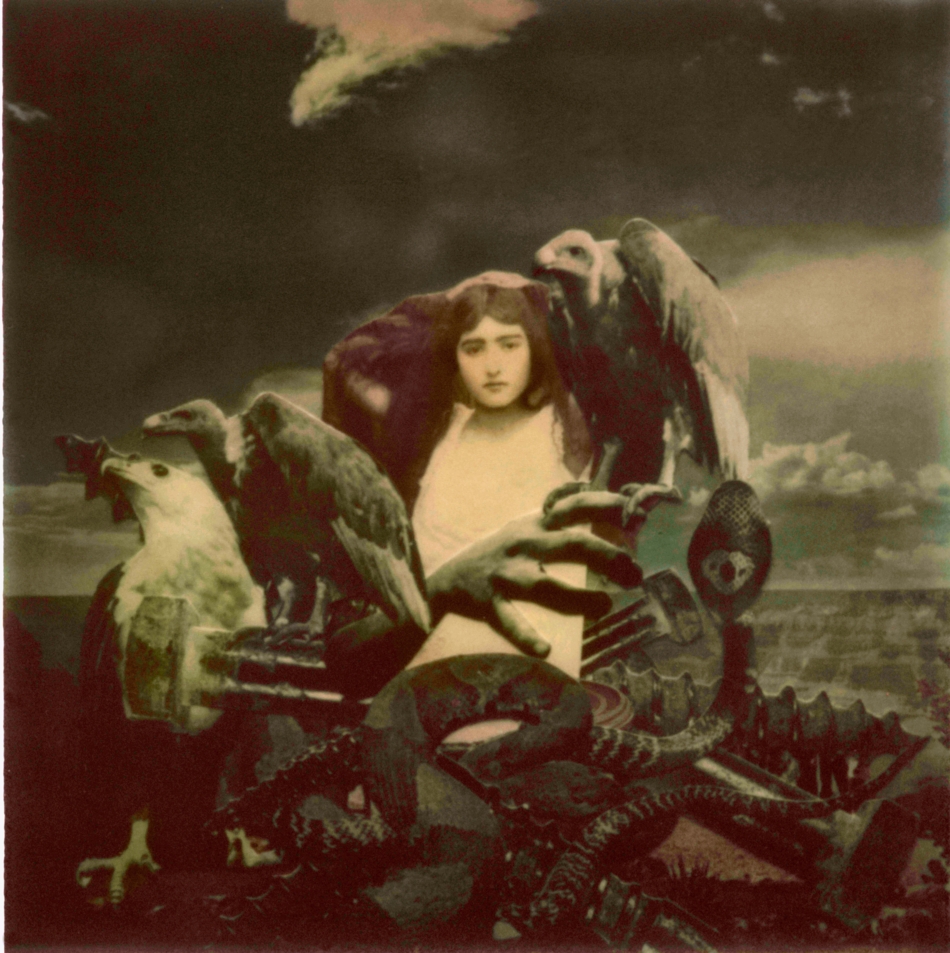
3. Kati Horna
Born to a wealthy Jewish family in Budapest in 1912, Kati Horna trained under modernist photographer Józef Pésci and saw photography as a powerful tool to create social change. While she is best known for her images of the Spanish Civil War, on moving to Mexico at the outbreak of World War II, she became heavily influenced by the Surrealist movement and created the series ‘Ode to Necrophilia’ (1962) which tells the story of a mysterious woman grieving the death of a loved one.
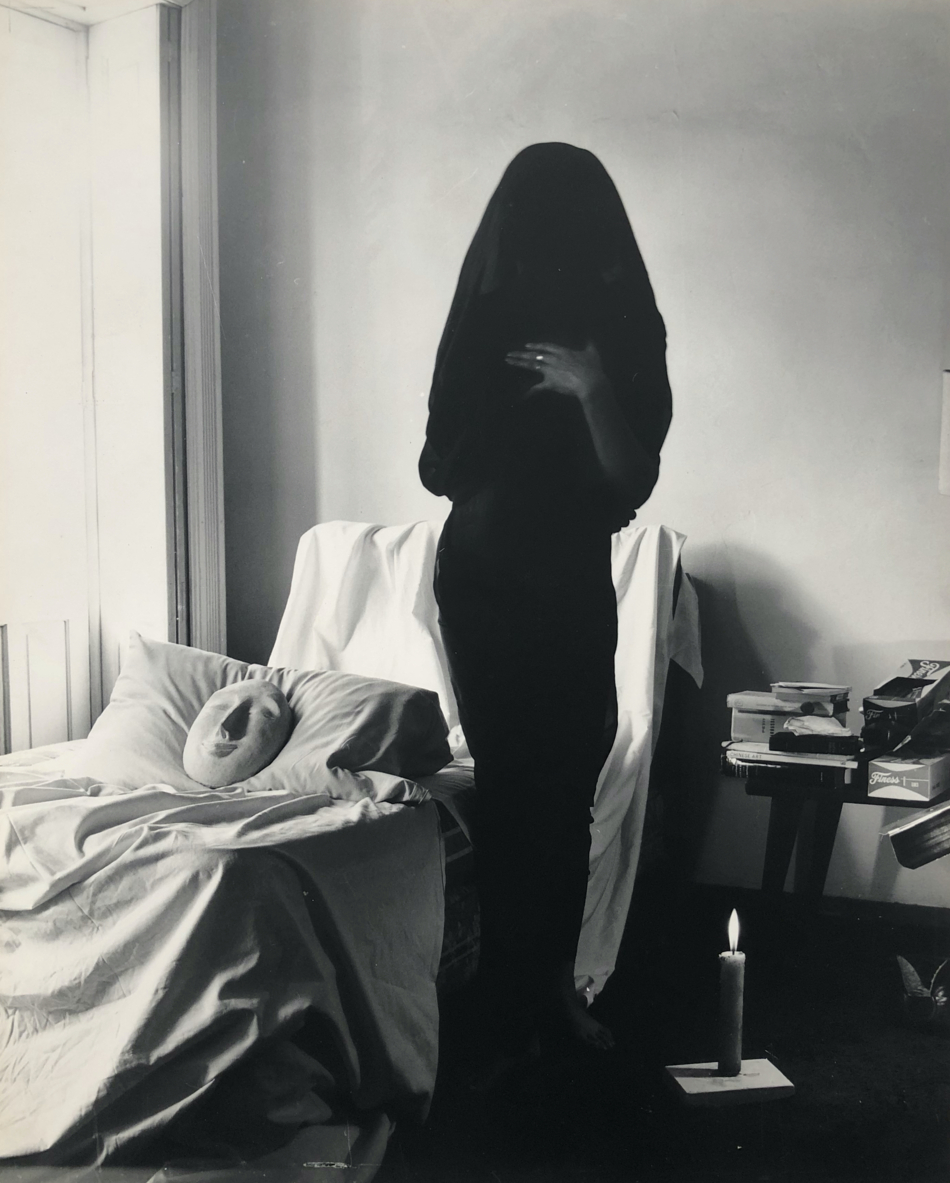
4. Remedios Varo
Spanish artist Remedios Varo was born in 1908. After studying at the Escuela de Bellas Artes in Madrid, she left for Paris with fellow student Gerardo Lizárraga, leaving him shortly afterwards. When Paris was occupied by Germany in June 1940, she fled to the south of the country with her partner at the time, the Surrealist poet Benjamin Perét. But they ended up heading to Mexico where they became political refugees. Varo spent the rest of her life in Mexico, and became a close friend of the artist Leonora Carrington. A triptych she created in 1961, among her most well-known works, is featured in the exhibition. Filled with autobiographical references, Toward the Tower depicts young girls in uniforms cycling away from a tower, and reflects the freedom she rejoiced in when living in Mexico. Varo passed away suddenly at the height of her success in 1963.
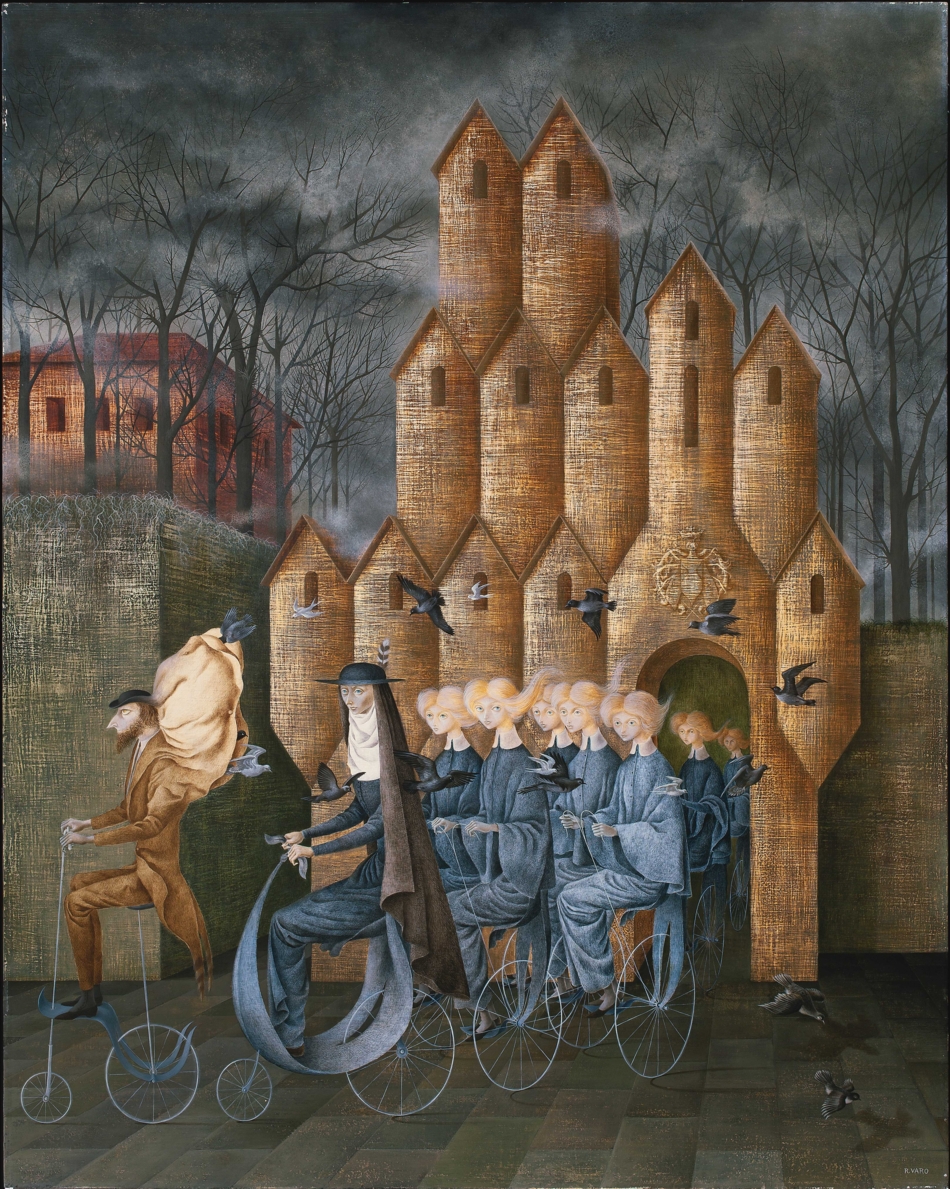
5. Leonora Carrington
The exhibition’s final room featured the dreamy, mysterious painting titled ‘Self-portrait’ by British-born, Mexican artist Leonora Carrington, who fled Europe to New York and then Mexico after her lover, Max Ernst, was imprisoned and she was institutionalised at a psychiatric hospital. Her first major painting, it shows the artist with untamed hair, perched on a blue and red chair, her hand reaching out before her. She is gesturing to a hyena, which looks at us warily. Behind her, there is a huge, white rocking horse that imitates a horse running freely in the open window. Carrington was fascinated with otherworldly animals and bodies, and rebelled against serving as anyone’s muse. Her first one-woman exhibition took place at New York’s Matisse Gallery in 1948 and her work was exhibited around the world. She died in Mexico in 2011.
